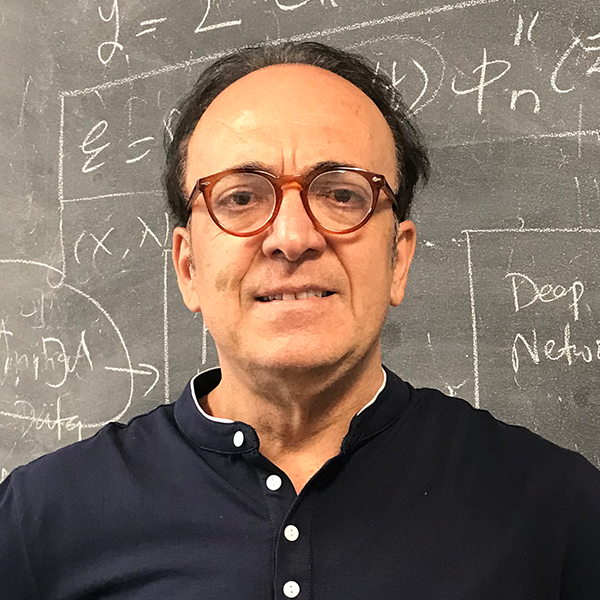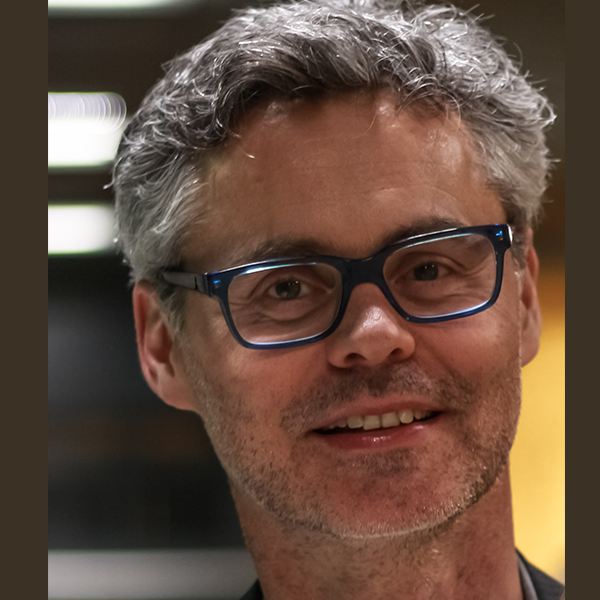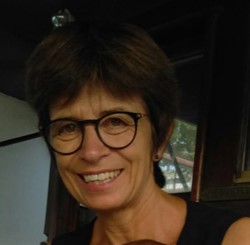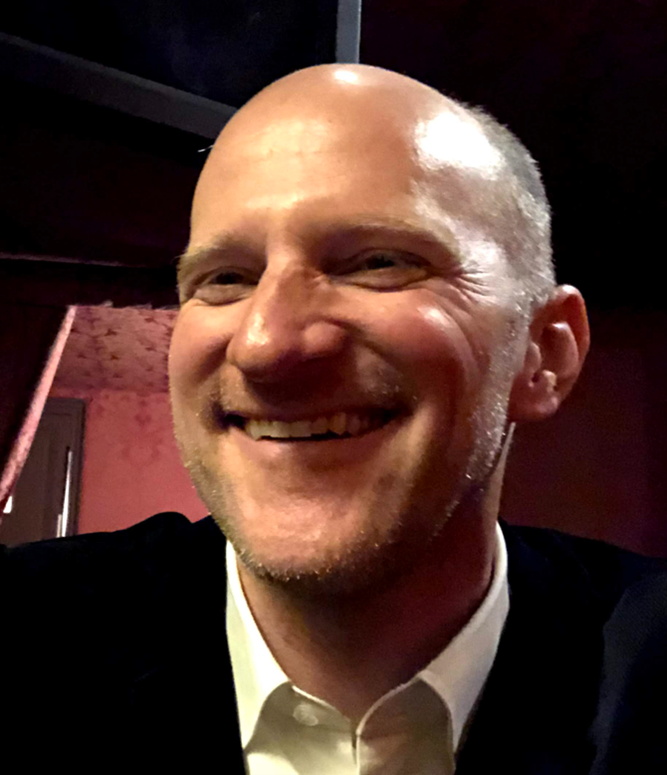Professor George Karniadakis
The Charles Pitts Robinson and John Palmer Barstow Professor of Applied Mathematics and Engineering, Brown University

George Karniadakis is from Crete. He received his S.M. and Ph.D. from Massachusetts Institute of Technology (1984/87). He was appointed Lecturer in the Department of Mechanical Engineering at MIT and subsequently he joined the Center for Turbulence Research at Stanford / Nasa Ames. He joined Princeton University as Assistant Professor in the Department of Mechanical and Aerospace Engineering and as Associate Faculty in the Program of Applied and Computational Mathematics. He was a Visiting Professor at Caltech in 1993 in the Aeronautics Department and joined Brown University as Associate Professor of Applied Mathematics in the Center for Fluid Mechanics in 1994. After becoming a full professor in 1996, he continued to be a Visiting Professor and Senior Lecturer of Ocean/Mechanical Engineering at MIT. He is an AAAS Fellow (2018-), Fellow of the Society for Industrial and Applied Mathematics (SIAM, 2010-), Fellow of the American Physical Society (APS, 2004-), Fellow of the American Society of Mechanical Engineers (ASME, 2003-) and Associate Fellow of the American Institute of Aeronautics and Astronautics (AIAA, 2006-). He received the SIAM/ACM Prize on Computational Science & Engineering (2021), the Alexander von Humboldt award in 2017, the SIAM Ralf E Kleinman award (2015), the J. Tinsley Oden Medal (2013), and the CFD award (2007) by the US Association in Computational Mechanics. His h-index is 108 and he has been cited over 55,000 times.
Professor Gernot Plank
Professor of Computational Cardiology, Gottfried Schatz Research Center – Biophysics, Medical University of Graz

Gernot Plank is Professor of Computational Cardiology at the Medical University of Graz, Austria. He received an M.Sc. Degree in Electrical Engineering and a Ph.D. degree in Biomedical Engineering, both from the Technical University of Graz, Austria. He has been a Postdoctoral Fellow at the Technical University of Valencia, the University of Calgary with Prof. Vigmond and Marie Curie Fellow, at the Johns Hopkins University with Prof. Trayanova. He became Academic Fellow at the University of Oxford in 2008, before being appointed as Associate Professor in 2011, and a full Professor in 2018 at the Medical University of Graz.>
His research has been supported by grants from the Austrian Science Fund, NIH, Wellcome Trust, European FP7 and H2020 awards and resulted in more than 120 journal publications. His research interests are focused on the development of computational models of total cardiac function and their application to gain mechanistic insights into cardiovascular function in health and disease. His work has a translational focus on using cardiac simulation in industrial and clinical applications. As a Co-founder of NumeriCor he is actively involved in the commercialization of cardiac modeling technologies.
Professor Lucile Hoyel
Congenital and Pediatric Cardiology, M3C-Necker, Hopital Necker-Enfants Malades, APHP, Paris, Université de Paris, France

Pediatric cardiologist and cardiac morphologist at Hôpital Necker-Enfants Malades, Paris, France.
Trained in Paris, Montreal (Sainte-Justine Hospital), and Boston (Children’s Hospital, Drs Stella and Richard Van Praagh).
Specialized in anatomy of congenital cardiac defects, echocardiography, heart transplantation.
First vice-president of the International Society for Nomenclature of Pediatric and Congenital Heart Disease, member of the Working Group “Anatomy, Development and Pathology” of the European Society of Cardiology, member of the Working Group “Cardiac Morphology” of the Association of European Pediatric Cardiologists.
Professor Markus Covert
Professor of Bioengineering, Stanford University

Markus Covert is a Professor of Bioengineering at Stanford University. Over the course of his career, his lab has generated several new exciting technologies to measure, analyze, and mathematically model the behaviors of individual cells. The lab is probably best known for constructing the first “whole-cell” computational model, which explicitly represents all known gene functions and molecules in a bacterial cell – an advance which was highlighted by the journal Cell as a highlight publication of the 40-year history of that journal. Dr. Covert is grateful for funding mechanisms that have supported his efforts to develop new technologies, in particular the NIH Director’s Pioneer Award, the Paul G. Allen Family Foundation Distinguished Investigator award, and a Paul G. Allen Discovery Center for Systems Modeling at Stanford, which he founded and directed for several years. He has also consulted in industry, including on the scientific advisory board of Emerald Cloud Labs, and as an inaugural Ambassador at X Labs, (previously Google [X]).
